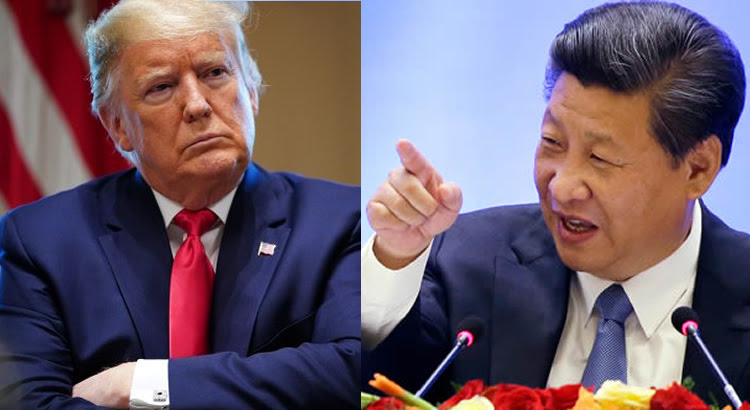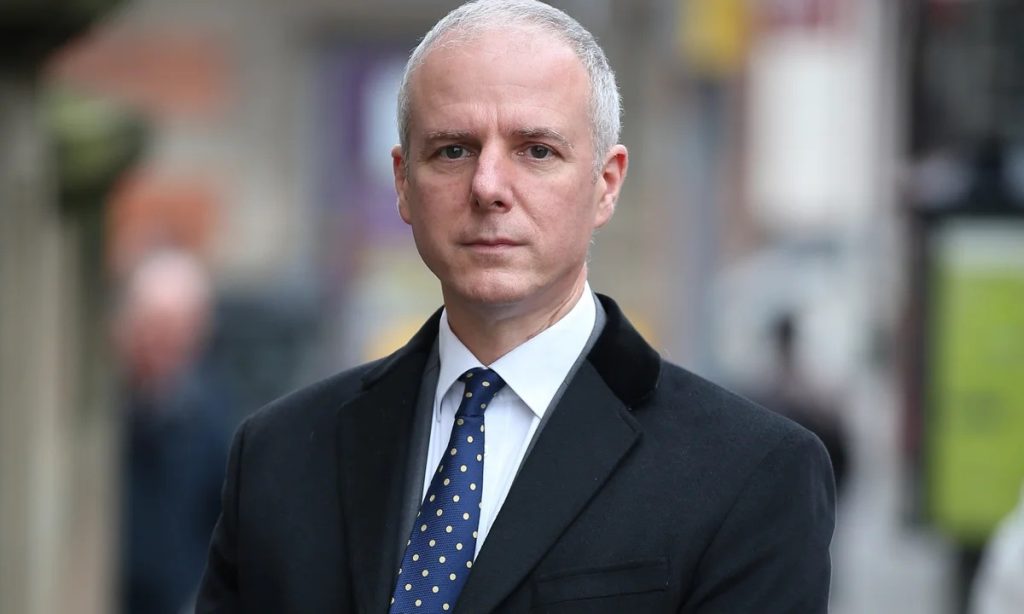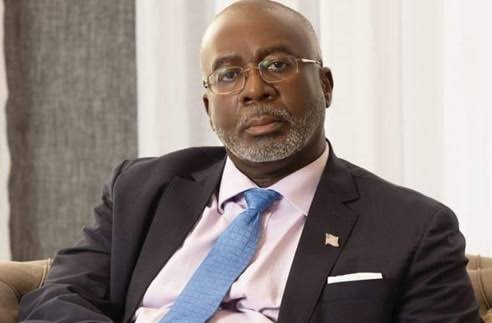Africa
BRICS: Chinese president urges group to be a “stabilizing force”
The Chinese President, Xi Jinping has urged the leaders of the BRICS emerging economies on Thursday to be a stabilizing force.
He emphasized that the world is currently facing serious challenges.
Xi Jinping addressing leaders at the 16th BRICS Summit in Kazan, Russia, urged cooperation among BRICS nations to foster global stability and security.
He highlighted the importance of unity among member states, encouraging them to be a “stabilizing force” in the face of significant global challenges.
Jinping, while addressing assembled leaders, emphasized that “the collective advancement of the global South towards modernity marks a pivotal moment in world history.”
“It is imperative that we serve as a stabilizing force for peace, fortify global security governance, and develop comprehensive solutions to pressing issues, tackling both immediate concerns and underlying causes,” Xi stated.
“The world continues to confront significant obstacles to its peaceful progression,” he cautioned.
Additionally, he advocated for an immediate ceasefire in Gaza and the prevention of additional hostilities in Lebanon.
Xi urged continued international pressure for a Gaza ceasefire, renewal of the two-state solution, and prevention of Lebanon’s conflict from spreading.
BRICS
BRICS is an acronym for Brazil, Russia, India, China, and South Africa, five major emerging national economies.
History
The term “BRIC” was coined by Goldman Sachs economist Jim O’Neill in 2006 and its first summit was held in Yekaterinburg, Russia in 2009.
In 2010, South Africa joined, expanding the group to BRICS.
Objectives
The group promotes economic cooperation and development and strengthens global governance and multilateralism.
Also, it fosters cooperation in areas like trade, energy, and infrastructure and enhances global economic stability and prosperity.
Founding principles
The group was founded on mutual respect and cooperation, sovereignty and non-interference, economic development and social progress, and multilateralism and global governance reform.
Key Features of BRICS
BRICS combined Gross Domestic Product (GDP) is over $16 trillion (22% of global GDP). It has a population of over 3.2 billion (42% of the world’s population.
It has its geographic presence spanning four continents.
BRICS corporate areas
The group corporate areas of BRICS include trade and investment, energy and natural resources, and infrastructure development.
Also, it borders on science, technology, and innovation, agriculture and food security, finance and banking, and education and culture.
Institutions of BRICS
The New Development Bank (NDB) was established by BRICS in 2014 to fund infrastructure projects.
Also, there is Contingent Reserve Arrangement (CRA), A $100 billion currency reserve pool.
Evolution
BRICS has evolved from an informal gathering to a formalized bloc with annual summits, institutional frameworks (NDB, CRA, Business Council), expanded cooperation areas (science, technology, agriculture) and engagement with other emerging economies (BRICS+ format).
Key milestones
In 2006, Goldman Sachs economist Jim O’Neill coined the term “BRIC” in a research paper.
In 2009, the first BRIC summit was held in Yekaterinburg, Russia.
In 2010, South Africa joined, expanding the group to BRICS.
In 2014, New Development Bank (NDB) and Contingent Reserve Arrangement (CRA) was established.
Summits
Annually, BRICS holds its summits since 2009 and it is being hosted by rotating member countries.
Impacts
BRICS has achieved a shift in global economic power dynamics, increased cooperation among emerging economies, and alternative to traditional western-dominated institutions.
Challenges
In the group, there are economic disparities among member countries, political differences and conflicts and competition from other emerging economies.
Future Prospects
It aims to expand its membership to Argentina, Egypt, and Iran who have expressed interest.
Also, it aims to strengthen cooperation in areas like technology and sustainability, and enhance global influence and leadership.
Member Countries
Brazil, the largest economy in Latin America, known for agriculture, mining, and manufacturing.
Russia, the world’s largest energy exporter, with significant natural resources.
India, the fastest-growing major economy, driven by IT, pharmaceuticals, and services.
China, the world’s second-largest economy, with significant manufacturing, technology, and infrastructure.
South Africa, the gateway to Africa, with a diverse economy, rich natural resources.
Upcoming Events
The 15th BRICS Summit is scheduled to come up in 2025 and to be hosted by Russia.
Also, BRICS will have its Business Forum, an annual event promoting trade, investment.
For Diaspora Digital Media Updates click on Whatsapp, or Telegram. For eyewitness accounts/ reports/ articles, write to: citizenreports@diasporadigitalmedia.com. Follow us on X (Fomerly Twitter) or Facebook












